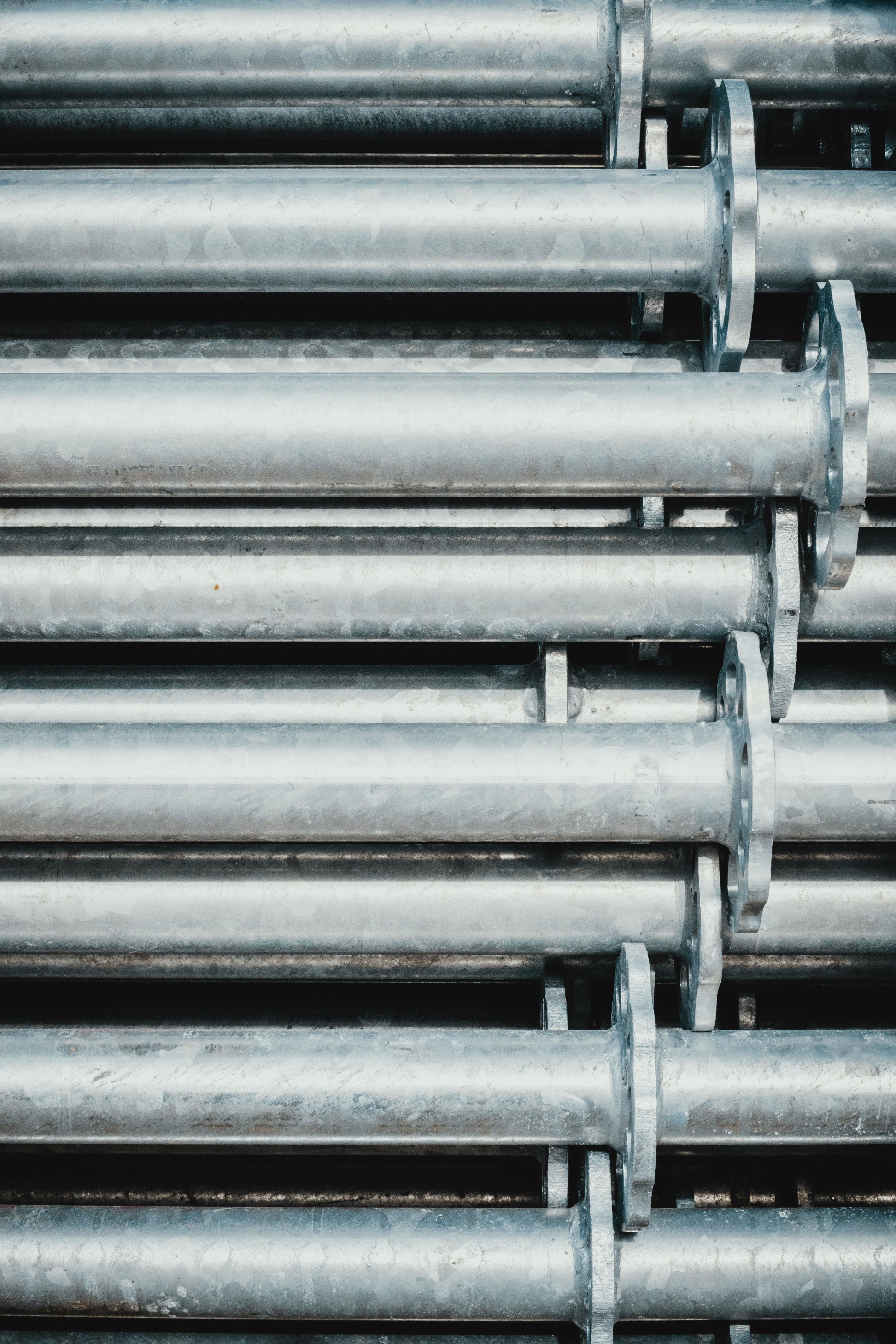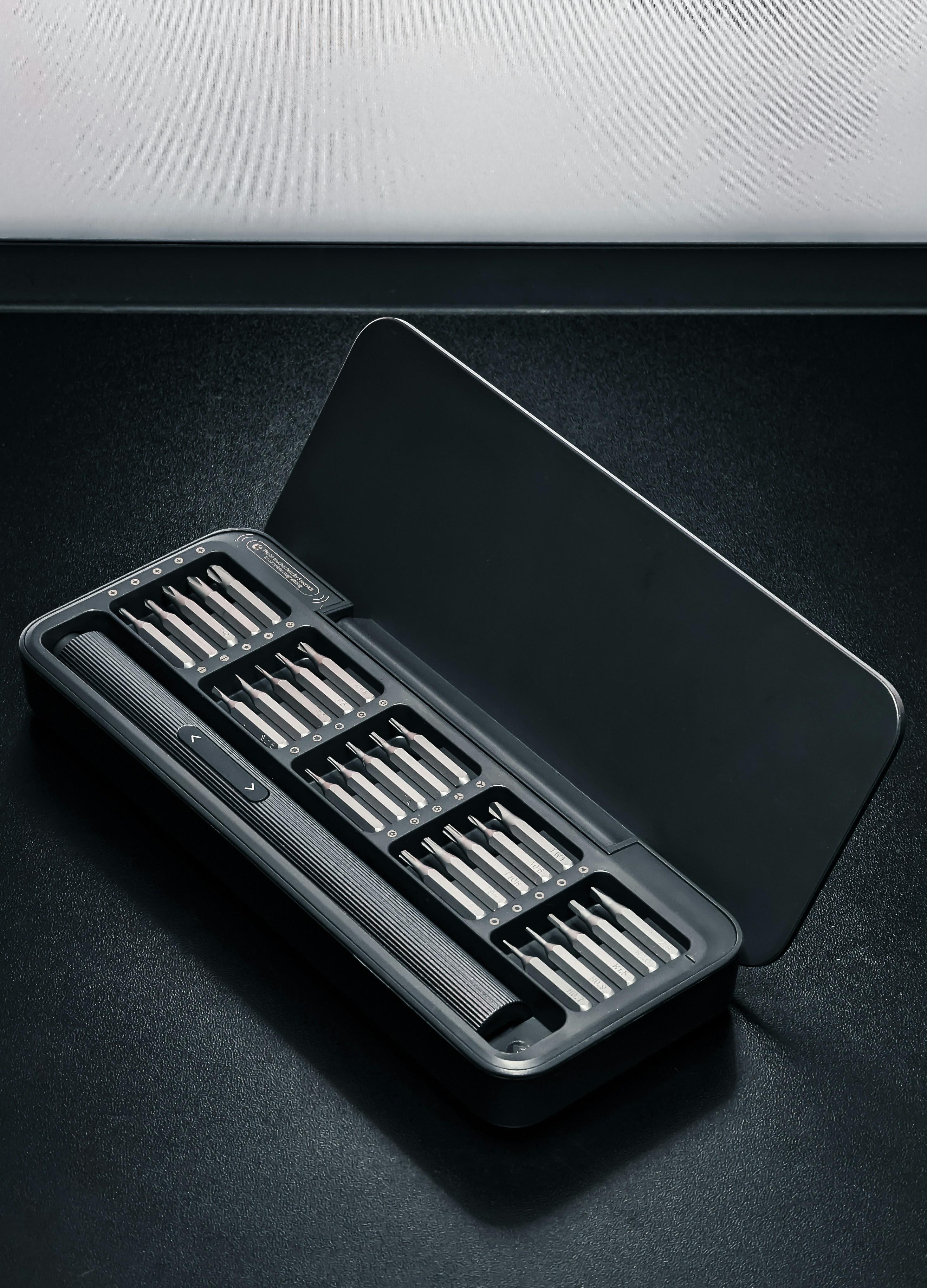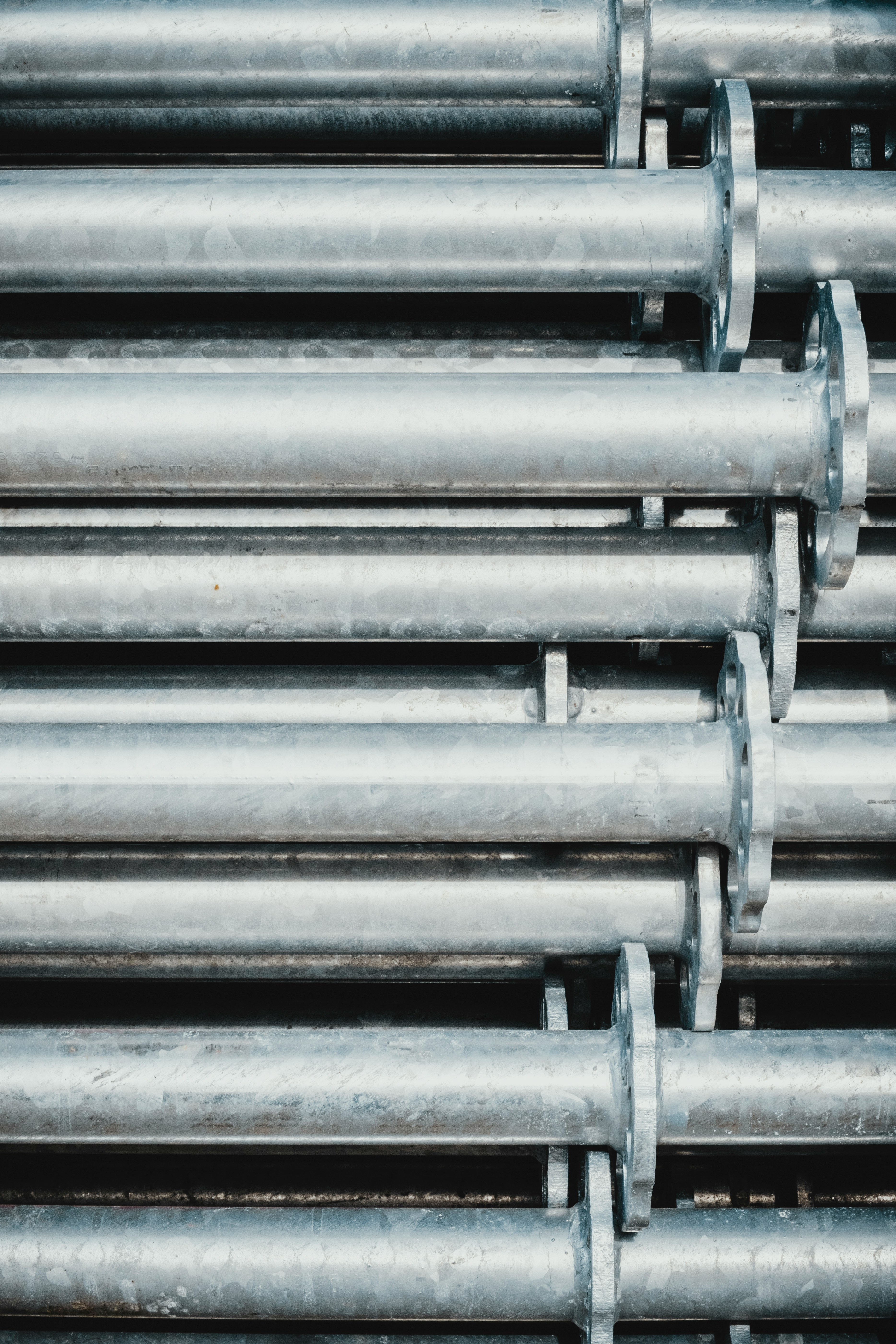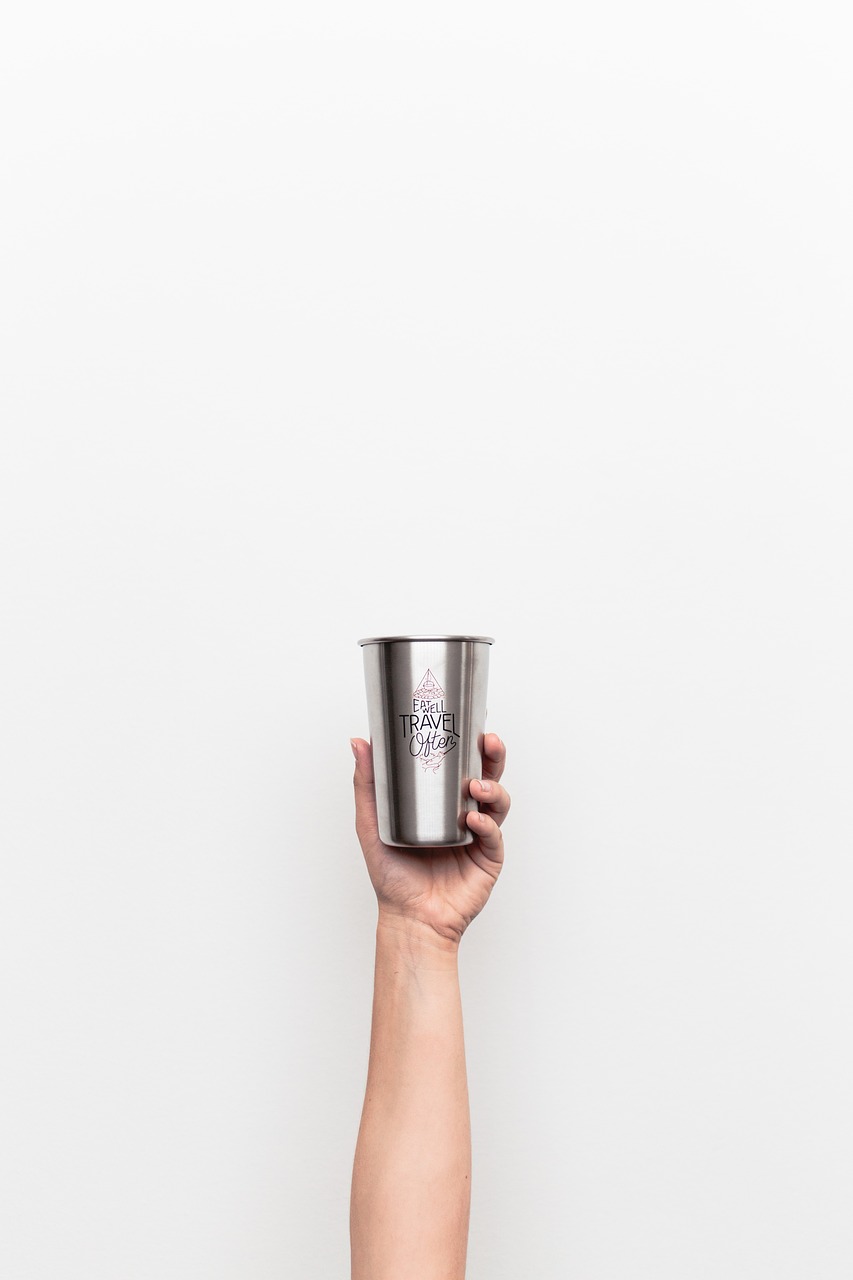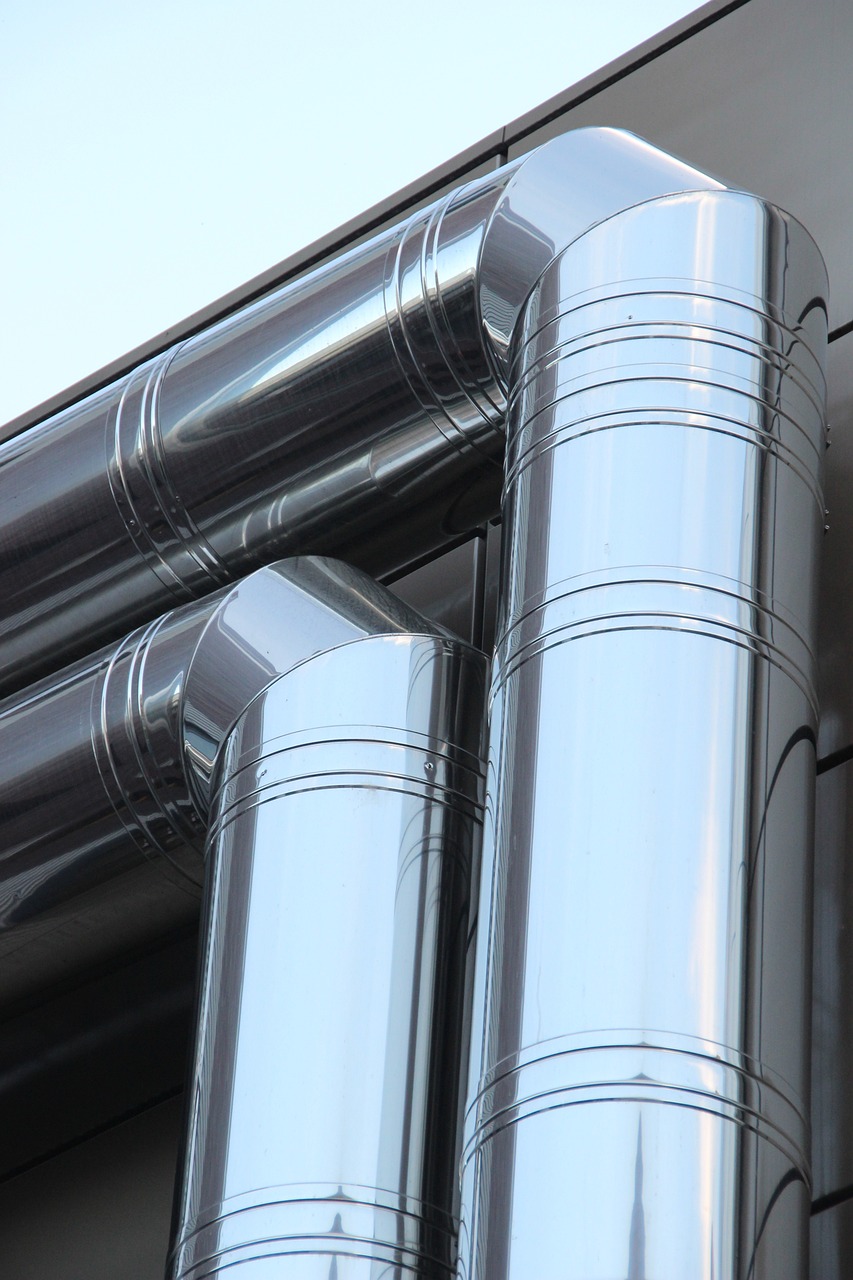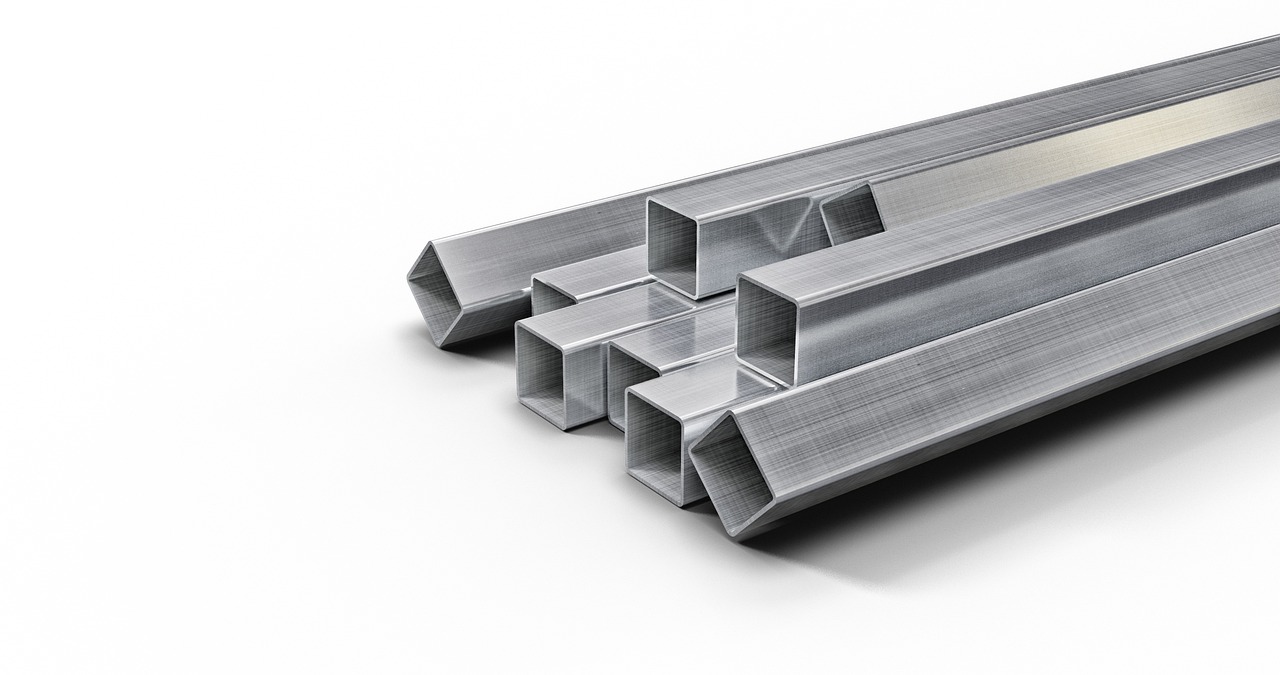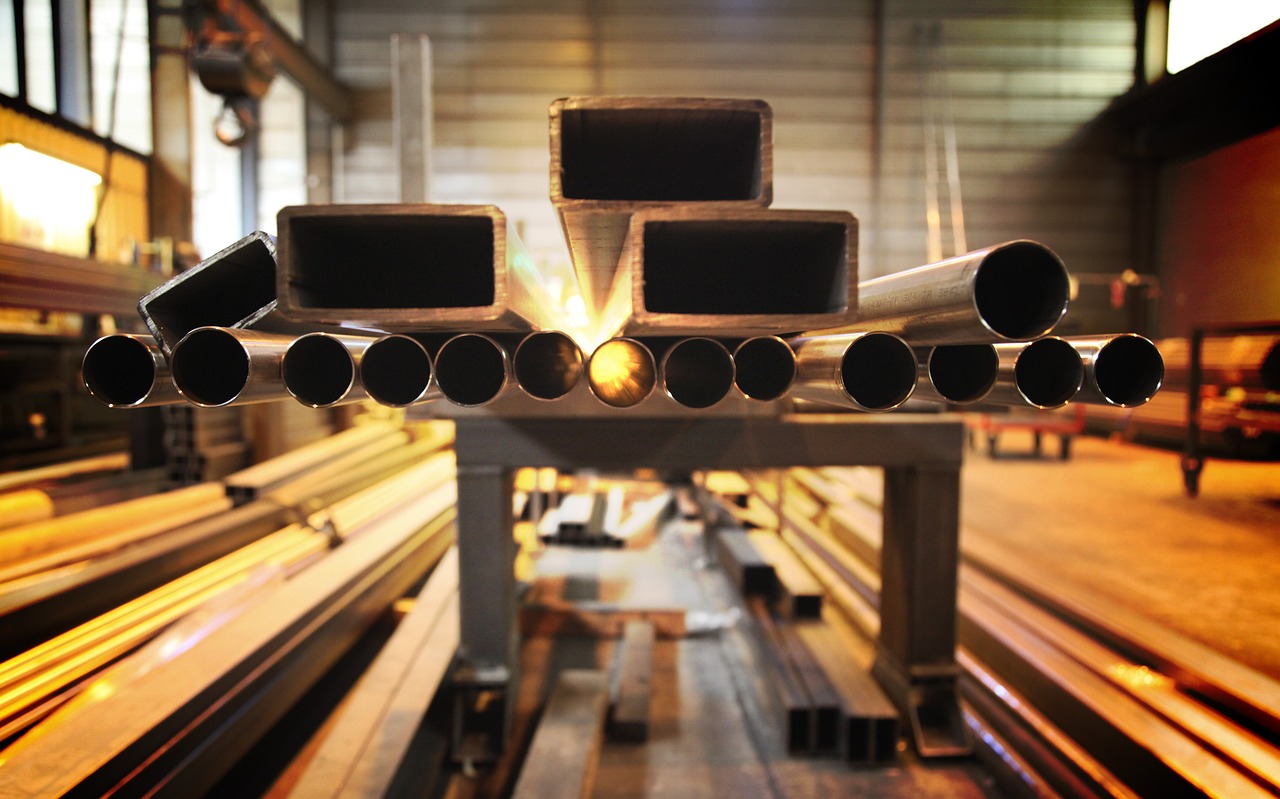Stainless steel has long been the material of choice for commercial kitchens worldwide. Renowned for its durability, hygienic properties, and aesthetic appeal, this metal is integral to creating a functional and long-lasting kitchen environment. In this article, we'll delve into what stainless steel is, explore its advantages, distinguish between various types of stainless steel, and identify the best type for commercial kitchen use.
What's the Stainless Steel
Stainless steel is an alloy primarily composed of iron, with a minimum of 10.5% chromium. The chromium in stainless steel forms a passive layer of chromium oxide on the surface, which prevents corrosion and rust. Other elements like nickel, molybdenum, and carbon may also be added to enhance its properties, making stainless steel a versatile material suitable for various applications.
Advantages of Stainless Steel
1. Corrosion Resistance: The most notable advantage of stainless steel is its resistance to corrosion. This property makes it ideal for environments where hygiene is paramount, such as in commercial kitchens.
2. Durability: Stainless steel is incredibly strong and durable, capable of withstanding heavy use without warping or breaking. This longevity makes it a cost-effective choice in the long run.
3. Hygiene: Its non-porous surface means that stainless steel does not harbor bacteria or germs, making it easy to clean and maintain.
4. Heat and Fire Resistance: Stainless steel can withstand extreme temperatures without losing its structural integrity, making it ideal for kitchen environments where high heat is a constant factor
5. Aesthetic Appeal: With its sleek, modern look, stainless steel contributes to a professional appearance in commercial kitchens, enhancing the overall ambiance.
There are several types of stainless steel, each with unique characteristics:
① Austenitic Stainless Steel (300 Series):
![Which type of stainless steel is right for your kitchen | SHINELONG 1]()
Composition
Contains high levels of chromium and nickel.
![Which type of stainless steel is right for your kitchen | SHINELONG 2]()
Properties
Excellent corrosion resistance, non-magnetic, and good formability.
![Which type of stainless steel is right for your kitchen | SHINELONG 4]()
Use Cases
Widely used in kitchen equipment, sinks, and food processing equipment.
② Ferritic Stainless Steel (400 Series):
![Which type of stainless steel is right for your kitchen | SHINELONG 5]()
Composition
Contains chromium with little or no nickel.
![Which type of stainless steel is right for your kitchen | SHINELONG 6]()
Properties
Magnetic, less corrosion-resistant than austenitic, but more affordable.
![Which type of stainless steel is right for your kitchen | SHINELONG 8]()
Use Cases
Used in less demanding environments, such as decorative applications and automotive exhausts.
③Martensitic Stainless Steel:
Composition: Contains higher levels of carbon.
Properties: High strength, wear resistance, and hardness but lower corrosion resistance.
Common Grades: 410, 420.
Use Cases: Suitable for cutlery, blades, and other items requiring sharp edges.
④Duplex Stainless Steel:
Composition: A mixture of austenitic and ferritic stainless steel.
Properties: High strength, excellent corrosion resistance, and good weldability.
Common Grades: 2205.
Use Cases: Used in chemical processing, oil and gas industries, and some kitchen applications.
Which type of Stainless Steel is Best for Commercial Kitchen
For commercial kitchens, Austenitic Stainless Steel, particularly grade 304, is the best choice. Here’s why:
| Advantage | |
|---|
| Superior Corrosion Resistance: | Grade 304 stainless steel offers excellent resistance to rust and corrosion, essential for the high-humidity, high-temperature environment of a commercial kitchen. |
| Ease of Cleaning: | The smooth, non-porous surface of grade 304 stainless steel makes it easy to clean, reducing the risk of bacterial contamination |
| Durability and Strength | Grade 304 is robust and can withstand daily wear and tear without losing its integrity, ensuring that kitchen surfaces, appliances, and equipment last longer. |
| Versatility | This type of stainless steel is highly versatile and can be used in various applications, from countertops and sinks to appliances and storage units. |



















